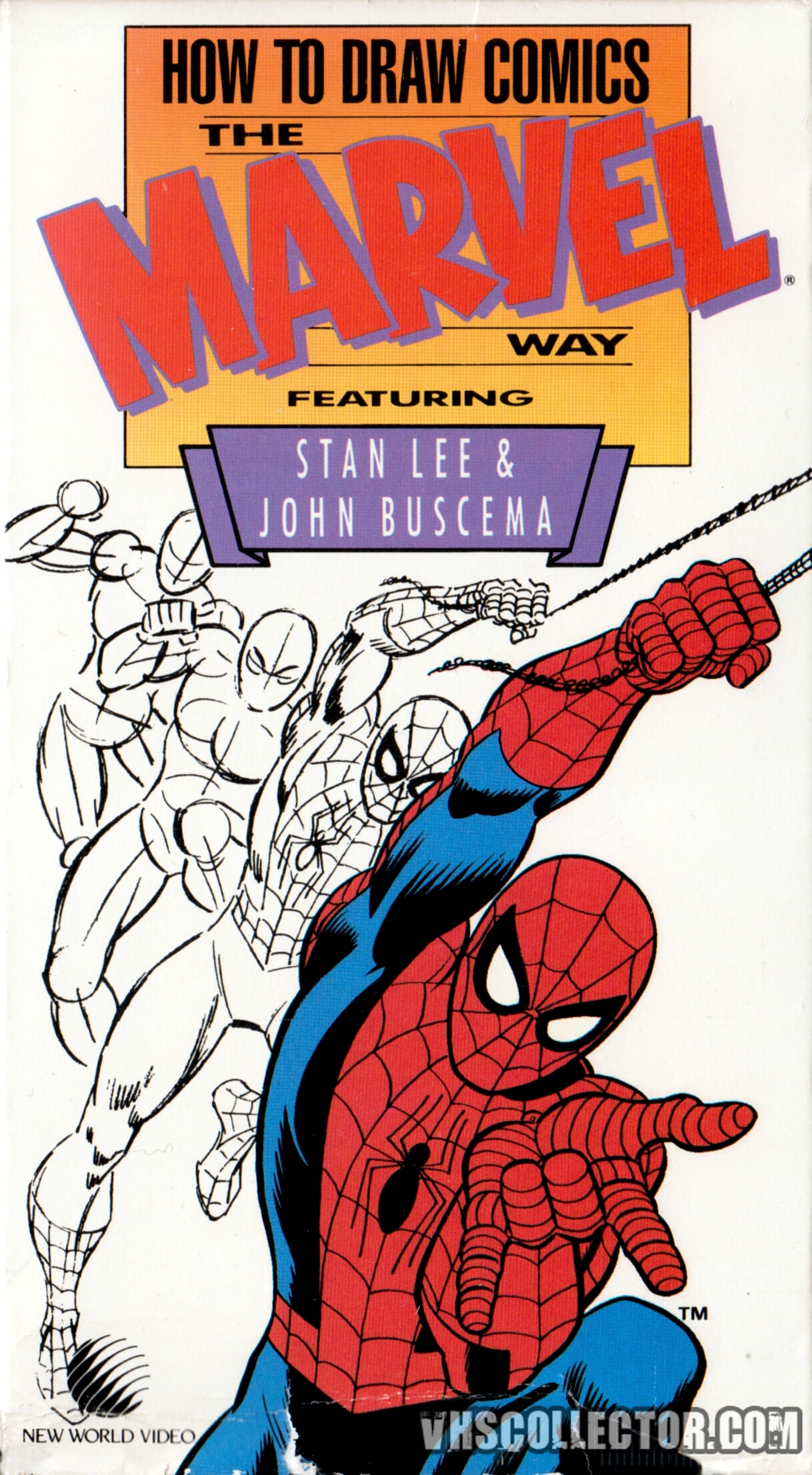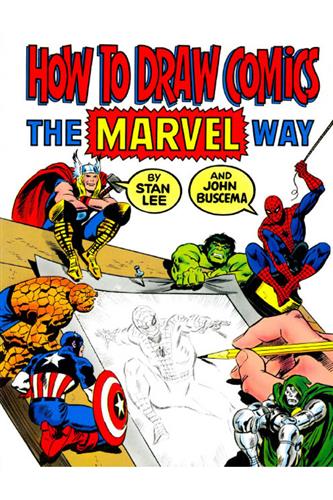
once youve created your art, then what? Lest you think Stan would turn you out into the wilderness without a road map, fellow traveler, theres also information on preparing and submitting your portfolio, on getting work, and on suggested reading and schools.

He includes an overview of the history and development of the comic book industry, and theres an extensive section on various types of covers-the super important element that makes the reader want to pick up that comic! In a world where good battles evil at every turn and the hero fights valiantly to get the girl, no stone is left unturned! Here youll also find info on all the small details-that really arent so small: word balloons, thought balloons, whisper balloons, bursts, sound effect lettering, and splash pages! And KA-BLAMMM!. digital lettering, color, character and costume design, panel flow, materials and tools, computers, file formats, and software. He touches on all the important stuff: anatomy, foreshortening, perspective, action, penciling, inking, hand lettering vs. And now, hes sharing what he knows with you, Grasshopper! His cohorts have always been-and still are-some of the best in the business: Jack Kirby, John Romita, Sr., Neal Adams, Gil Kane, Mike Deodato, Jr., Frank Cho, and Jonathan Lau, and many others, Stan includes their work here and discusses what exactly makes it so great.

Book Synopsis In Stan Lees How to Draw Comics, Stan Lee reveals his secrets for: * Costumes * Penciling, Inking & Coloring * Lettering & Word Balloons * Digital Advances * Perspective & Foreshortening * What Makes Great Action * Page & Panel Layout * Covers * Creating a Portfolio * Getting Work When it comes to comic books, one name says it all: Stan Lee.


The book focuses primarily on action-adventure comics, but touches upon other genres and styles, such as romance, humor, horror, and the widely influential manga style. About the Book Spider-Man creator Lee sets out to teach everything he knows about drawing and comic book characters.


 0 kommentar(er)
0 kommentar(er)
